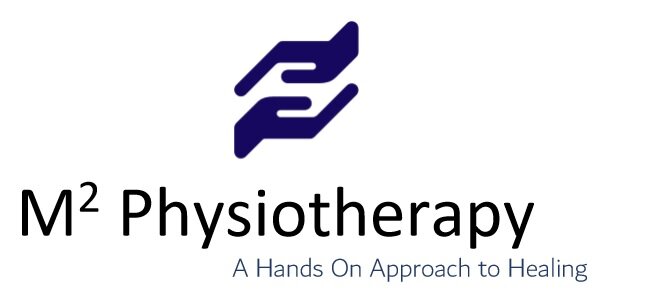Wait…my jaw and pelvic floor problems are connected?
By Hannah Enochs PT, DPT, OCS
In my practice, it is common a patient receiving pelvic floor treatment will casually mention that they also have jaw pain. Other times a patient struggles to relax their pelvic floor and I’ll ask- “do you by chance have jaw pain?” Their jaw drops, “How did you know that?!” It might seem surprising that there is an overlap between TMD and pelvic floor diagnosis, but this is actually quite common.
TMD and pelvic health patients often have similar histories. Most patients of both diagnoses have been to multiple providers about their symptoms. For TMD patients, a physical therapy examination is usually their last stop after their PCP or dentist sends them to various specialists like a neurologist or ENT. For pelvic health patients, often they have seen an OBGYN, urologist, or gastroenterologist, all without fully understanding what to do with their symptoms. Many patients have felt dismissed at some point in their care, or told this is normal and just something they will live with. Information and reassurance go a long way. My first goal is to assure patients that they are not alone, their symptoms make sense, and there is hope. There are often complex layers to tackle, but there are also some simple changes we can start with to make a difference.
So other than patient background, why do so many people have both TMD and pelvic floor issues? A few common reasons are breathing pattern dysfunction, postural weakness, and stress management behaviors.
First, let’s tackle breathing patterns. Where your breath comes from makes a huge difference in both jaw and pelvic floor function. When you breathe, your diaphragm should descend, your abdomen should gently expand, and your pelvic floor should gently lengthen down. When this does not occur, your pelvic floor can become tight or weak, and the breath can get moved disproportionately into the chest and shoulders, over utilizing your accessory breathing muscles in the neck. The result is tension and overuse of the neck, jaw, and facial muscles. This varies person to person, but essentially if you aren’t breathing correctly everything from your jaw to your pelvic floor can be thrown off.
In addition to breathing patterns, our postural habits also play into the function of both our pelvic floor and our jaw health. A forward head and slouched posture can encourage clenching. The same posture decreases function of the core and pelvic floor muscles leading to either tightness, weakness or a combination. Postural awareness, flexibility, and strength can help you achieve optimal posture and function. By improving posture, we have a better baseline for both of these regions to function.
Finally, but crucially, stress management greatly impacts both my pelvic health and TMD patients. Clenching the jaw and elevating the shoulders are common responses to stress, as is elevating the shoulders. As mentioned previously, shoulder elevation tends to result in an excessive use of accessory breathing muscles, and decreased movement in the abdomen and pelvic floor. While clenching your jaw, it can be difficult to be fully relaxed elsewhere, therefore tension in the jaw and pelvic floor muscles is common. However, the positive side of this relationship is that when we decompress one area, this translates to decreased tension elsewhere.
So if you’re a person with both jaw and pelvic pain, how can we better address these symptoms? As a provider, I often find patients will have one area that is more problematic. I like to start there, by managing the most bothersome symptoms. Then we are able to dive into factors like breathing, posture, stress management behaviors, and then connect the function of the jaw, core, and pelvic floor.
Struggling with incontinence that bothers you A LOT, but also have some chronic jaw pain and clicking? Let’s start by addressing our leakage symptoms and work into postural and breathing issues which will naturally lead us to addressing your jaw pain.
Difficulty eating because your jaw won’t open all the way, but you also have difficulty with pelvic pain? Let’s get that jaw opening better, normalize eating, and then move into how our tension behaviors are affecting our pelvic pain. If both areas are bothering you equally, we will do our best to balance complaints and try to understand how we can work to address impairments that affect both regions.
As a provider who treats both pelvic health and temporomandibular dysfunction, I am excited to help you dive into each of these problem areas, as well as the factors that connect them. Give our office a call, and we’ll get started.
References
Lee Y-J, Park J-H, Lee S-J, et al. Systematic review of the correlation between temporomandibular disorder and body posture. Journal of Acupuncture Research. 30AD. Accessed January 9, 2025. https://www.e-jar.org/journal/view.html?volume=34&number=4&spage=159.
Talasz H, Kremser C, Talasz HJ, Kofler M, Rudisch A. Breathing, (S)Training and the Pelvic Floor-A Basic Concept. Healthcare (Basel). 2022 Jun 2;10(6):1035. doi: 10.3390/healthcare10061035. PMID: 35742086; PMCID: PMC9222935.
https://tmj.org/living-with-tmj/basics/ Accessed on 1/9/24
